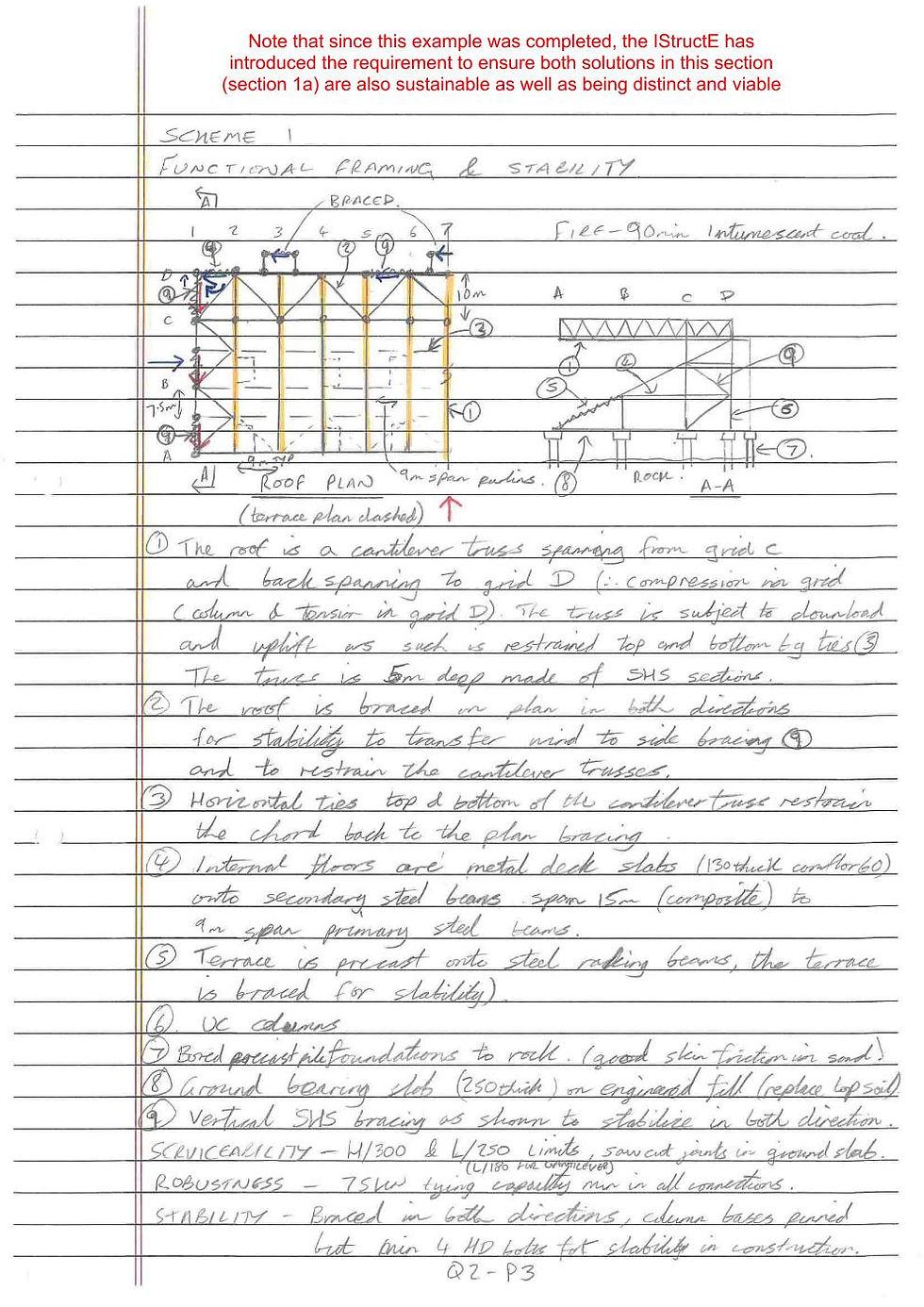IStructE Exam Worked Example July 2019 Q1
- Engineering Workspace
- Jun 17, 2024
- 1 min read
This article provides a worked example of a past IStructE chartered membership exam paper. The example was completed as part of an individual’s exam preparation, the method and layout are similar to the individual’s actual exam which he passed therefore this should help give other candidates an idea of what to include. Please remember though that the intention of the example provided is to help candidates in preparation for the exam and not as a guide to structural design, the example provided may include errors (as with any practice exam) and has not been marked; however, on that note, if anyone does spot errors, or would like to mark the paper for the benefit of other readers, or provide any other feedback, then please contact us with the contact details on this website and we’ll ensure to make any updates; likewise if there is anyone who would like to add their own examples to help others then please contact us. The purpose of this is for all of us to work together and help each other to pass the exam.
Please note that this example was done prior to the recent exam change, check out the IStructE website link below for a 'key overview of the sustainability changes being introduced into the exams from January 2024'.
The exam past paper can be found on the IStructE website by following the link below.
The exam past paper examiner report can be found on the IStructE website by following the link below.


















Thank you so much for sharing your tips. I can't even begin to describe how helpful this has been in my preparation. I have one question, you have stated 6 braced bays in your stability bracing calculation, how is this number six? Do you mean that at the end bay, gridline 1, the columns support the cantilever? Also, in your scheme 2, does the tie take care of wind coming from left to right? Thank you once again.